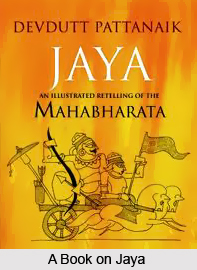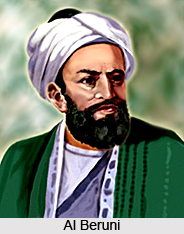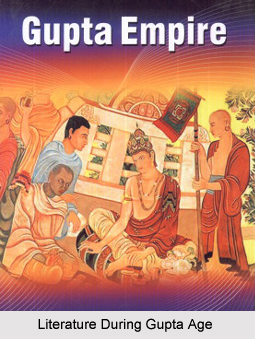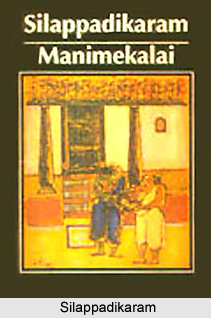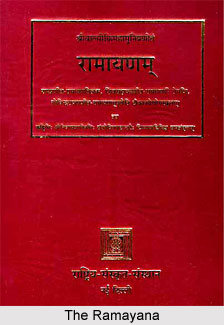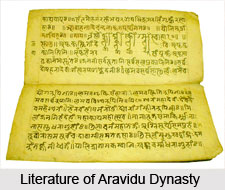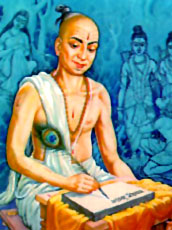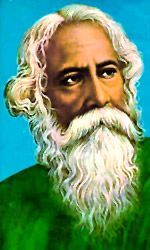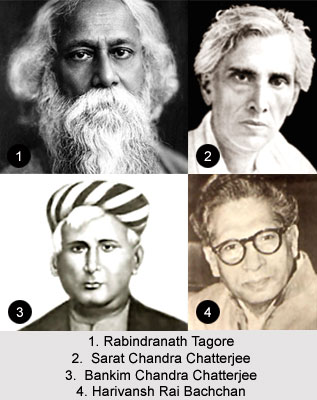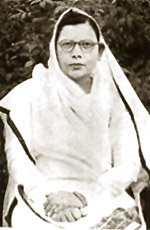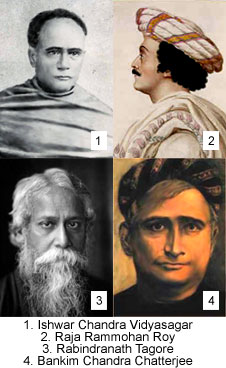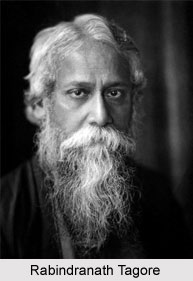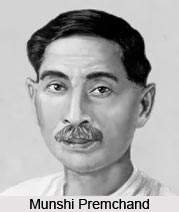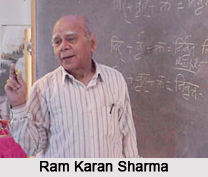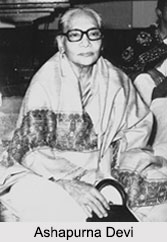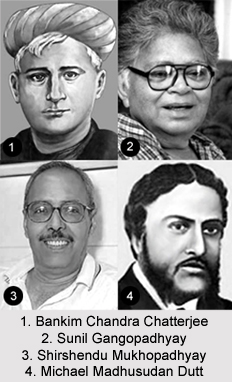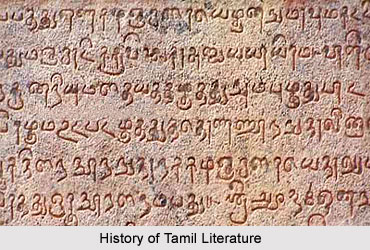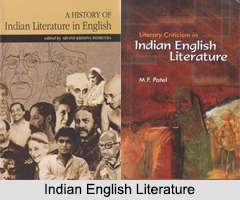History of Assamese literature is the congregation of the assimilated flavours of the Brahmaputra River valley. Assam populace represent a mixture of numerous races uttering different languages like Austric or Mon Khmer (Khasi) which in turn casts a shadow on the phonological and morphological traits if the populace. Hence, Assamese literature too was copiously influenced by the language and its traits.
Early History of Assamese Literature
Linguistic and ethnographic influences clouded the sky of Assam known as Pragjyotisa which is borrowed from the bouquet of Sanskrit literature treasure. The tradition of Ahom themselves cater as Asama which in an unarguable sense directs itself to be unparallel and peerless. History has been a silent yet vociferous witness to the ongoing plethora of fact that the invasions have had led to the amalgamation of the natives and the imperialists leading to the cultural diasporas and mingling. As a result civilization is mapped by the parameters of culture. Physical topography shapes up the linguistic and cultural history of a place. Assam is no exception. Assamese language seeded out of Sanskrit language in the 7th Century A.D. though its direct ascendant is Magadhi Apabhramsha.
The Charyapadas are often cited as the earliest example of Assamese literature. The Charyapadas are Buddhist songs composed in 8th-12th century. These writings bear similarities to Oriya and Bengali languages as well. The phonological and morphological traits of these songs bear very strong resemblance to Assamese some of which are extant.
After the Charyapadas, the period may again be split into (a) Pre-Vaishnavite and (b) Vaishnative sub-periods. The earliest known the Assamese writer is Hema Saraswati, who wrote a small poem "Prahra Charita". In the time of the King Indranarayana (1350-1365) of Kamatapur the two poets Harihara Vipra and Kaviratna Saraswati composed Asvamedha Parva and Jayadratha Vadha respectively. Another poet named Rudra Kandali translated Drona Parva into Assamese. But the most well-known poet of the Pre-Vaishnavite sub period is Madhav Kandali, who rendered Valmiki`s Ramayana into Assamese verse (Kotha Ramayana, 14th century) under the patronage of Mahamanikya, a Kachari king of Jayantapura.
The Bodo and the Ahom Rule and rulers paved the way for the enrichment of the Assamese vocals. Of all the modern Indo-Aryan language, Assamese is the most compact as well as complex. A growing and living language, Assamese has borrowed an array of words from several flowing languages all over.
Middle Period of Assamese Literature
The consecutive Muslim invasions though bungled conveniently shook the very pillars of old Kamrup kingdom indicating to the potholes of its impending disintegration. And as the frontiers narrowed, the name changed from Kamrup District to Kamata. It was one of the kings of this Kamta region, Durlabhanarayana, whose ruling span is covered in the shadowy reigns of time from the end of 13th century and who revelled in indefatigable patronage for the upcoming scholars and poets. Harivara Vipra is one of them who earned for himself the bountiful of Patronages. Harivara`s chief works include Babrubahanar Yuddha which contains almost 600 couplets narrating the strife between a father and his son and Luv-Kushar Yuddha. The episode unfurls with the entrance of the horse as a sacrificial scapegoat within the boundaries of Manipur followed by Arjuna the third Pandava. Though he seized the horse; later as he was acquainted with the knowledge of Arjun being his father from his mother Chitrangada, Babrubahana met Arjuna with the intention of returning the horse with apology.
Arjuna in his utter forgetfulness of his union with Chitrangada disclaimed of his relationship with Babrubahana and questioned the chastity of his mother. The altercations between Babrubahana and Arjuna the insightful repartees between the insolent father and humiliated son, reveal the author`s power of observation and characterization. The work intended for the laity, its language wry and spare spice with popular idioms. Hema Saraswati, a contemporary of Harivara even sang the glory of Durlabhanarayan in Prahlad Carita. Though acknowledging Vamana Purana, for being the mother source, he took liberty with the original. His narration far from being attractive is not adorned with the chaste vocabulary-but work inspired by devotional fervour. Two other celebrated poets who enjoyed royal patronages from the Kamta kings Kaviratna Sarasvati and Rudra Kandali, authors respectively of Jayadratha Vadha and Satyaki Pravesa.
Modern Period of Assamese Literature
The British imposed Bengali in 1836 in Assam after the state was occupied in 1826. Due to a sustained campaign, Assamese was reinstated in 1875 as the state language. Since the initial printing and literary activity occurred in eastern Assam, the Eastern dialect was introduced in schools, courts and offices and soon came to be formally recognized as the Standard Assamese. In recent times, with the growth of Guwahati as the political and commercial centre of Assam, the Standard Assamese has moved away from its roots in the Eastern dialect.
Assamese literature with its diverse and various lingering have had dazzled the readers for a long span of time and the history flows on still as it merges with the stream of modernity in the contemporary age and the days to come.
